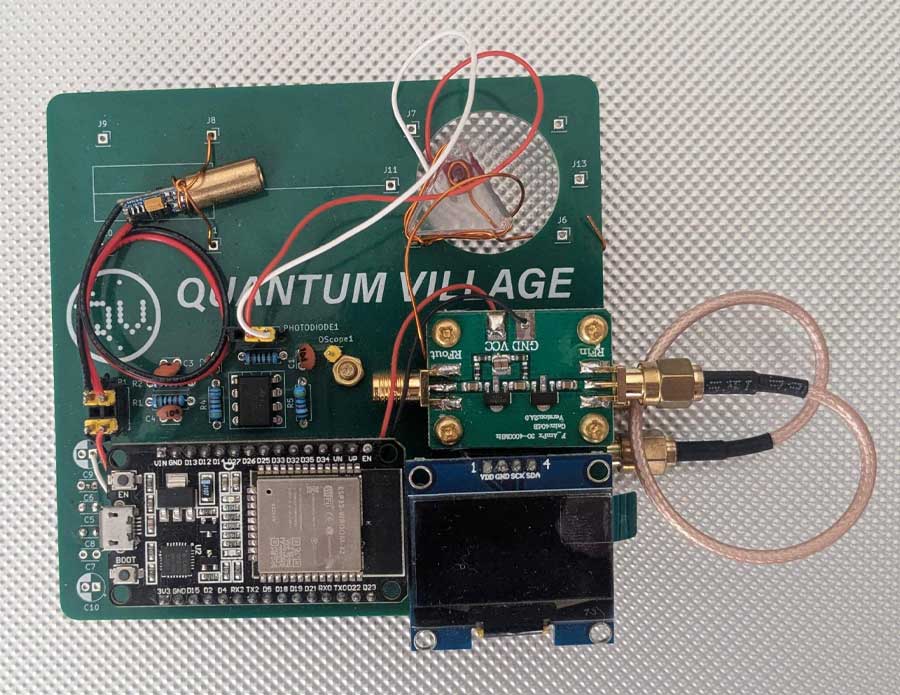
"A diamond at the core The project centers on a type of diamond containing nitrogen-vacancy (NV) centers. These defects in the crystal lattice give the diamond unusual sensitivity to magnetic and electric fields, temperature, and even pressure. According to physicist Ron Walsworth, who has worked extensively with NV-diamond systems, "What makes these diamonds special is that the imperfections are actually the feature-they make the material behave like a natural quantum sensor.""
"Rather than keeping their engineering choices locked away, the group behind the sensor published full documentation of the build. This includes schematics, data processing methods, and software used to interpret signals from the diamond. Wired journalist Lily Hay Newman noted in her coverage that the group deliberately chose transparency as a guiding principle, emphasizing that innovation in this field often depends on shared knowledge. "They are not just publishing results-they are publishing the actual methods so anyone can build and test for themselves," she wrote."
Researchers developed an open-source quantum sensor built around diamonds containing nitrogen-vacancy (NV) centers. NV defects in the crystal lattice act as natural quantum sensors, providing high sensitivity to magnetic and electric fields, temperature, and pressure. The project includes full documentation: schematics, data-processing methods, and signal-interpretation software, enabling replication without specialized equipment. Open publication reduces cost and complexity, broadening access for physicists, materials scientists, and engineers. Potential applications include medical imaging, GPS-independent navigation, and materials characterization. Shared methods aim to increase reproducibility, facilitate interdisciplinary collaboration, and accelerate development of practical quantum measurement technologies.
Read at App Developer Magazine
Unable to calculate read time
Collection
[
|
...
]